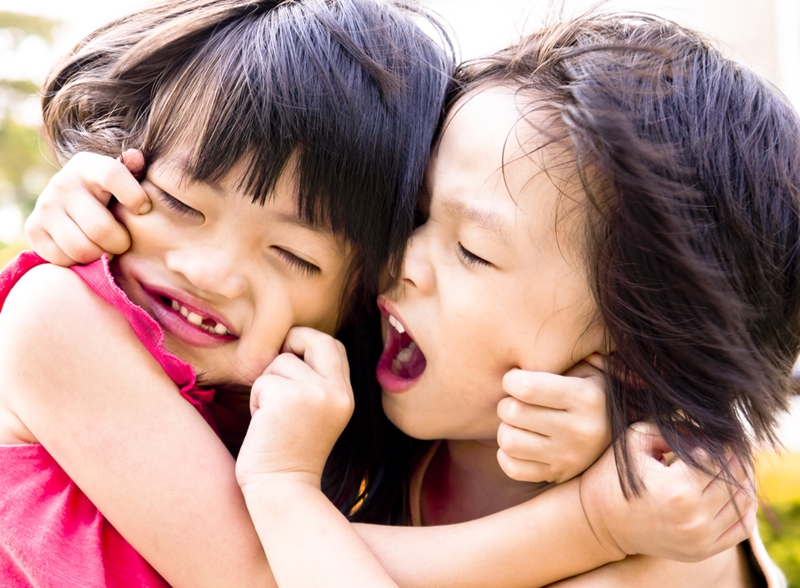How to recognize bullying among young children
Bullying is a hot topic among elementary, junior high and high school students. But while anti-bullying campaigns and media attention tend to focus on these age groups, the behavior is not limited to older children. Kids as young as toddlers can also be both the perpetrators and victims of bullying.
If you work as a child care provider, here are some tips for recognizing bulling among your younger students:
What does bullying look like in young kids?
Bullying - one person exerting power and control over another through negative behavior - is more common in young children than most might expect. A study published by the American Academy of Pediatrics found that among children aged 2 to 5, about 20 percent had experienced physical bullying and about 15 percent had been verbally bullied.
Bullying can manifest in verbal, physical, or relational action. In young kids, this kind of behavior may look like name-calling or hitting, or even deliberate social rejection. While these children generally are not as systematic about their bullying as older students, the hurt and anxiety in victims can be just as harmful.
However, it's important to remember that younger children are often more aggressive naturally. As licensed clinical social worker Meri Wallace pointed out in an article for Psychology Today, toddlers are prone to poking and pushing other children in the same way that they would a stuffed animal or other toy. If you are working with kids younger than preschool age, keep in mind that their actions may be fueled by curiosity, not malice.
In an interview with Parenting magazine, Brenda Nixon, author of "The Birth to Five Book," explained that children younger than 3 have yet to develop the cognitive abilities required to be empathetic. But around the age of 3, that changes.
"The brain has the ability to understand another point of view, so that's the age that premeditated and purposeful aggression could begin," Nixon said.

How can I spot bullying?
As a child care provider, you are uniquely placed to identify bullying in the kids you work with. Though a lot of loud, rough-and-tumble play likely occurs throughout the day, what you should look for is intentional aggressive behavior. It may be blatant, such as kicking or name-calling, or more subtle, like excluding a particular child during a group activity.
While it may be tempting to take a "wait and see" approach before intervening to determine if a problem is really occurring, waiting too long can allow the situation to escalate. Pull the child aside and talk to him or her when you see bullying behavior occurring. If the issue continues, contact the parents or guardians before taking more serious action. We offer a course called "Strategies for Preventing and Addressing Bullying Behaviors" which can give you some more ideas on this topic. Learn more in our ProSolutions early childhood education training courses.



